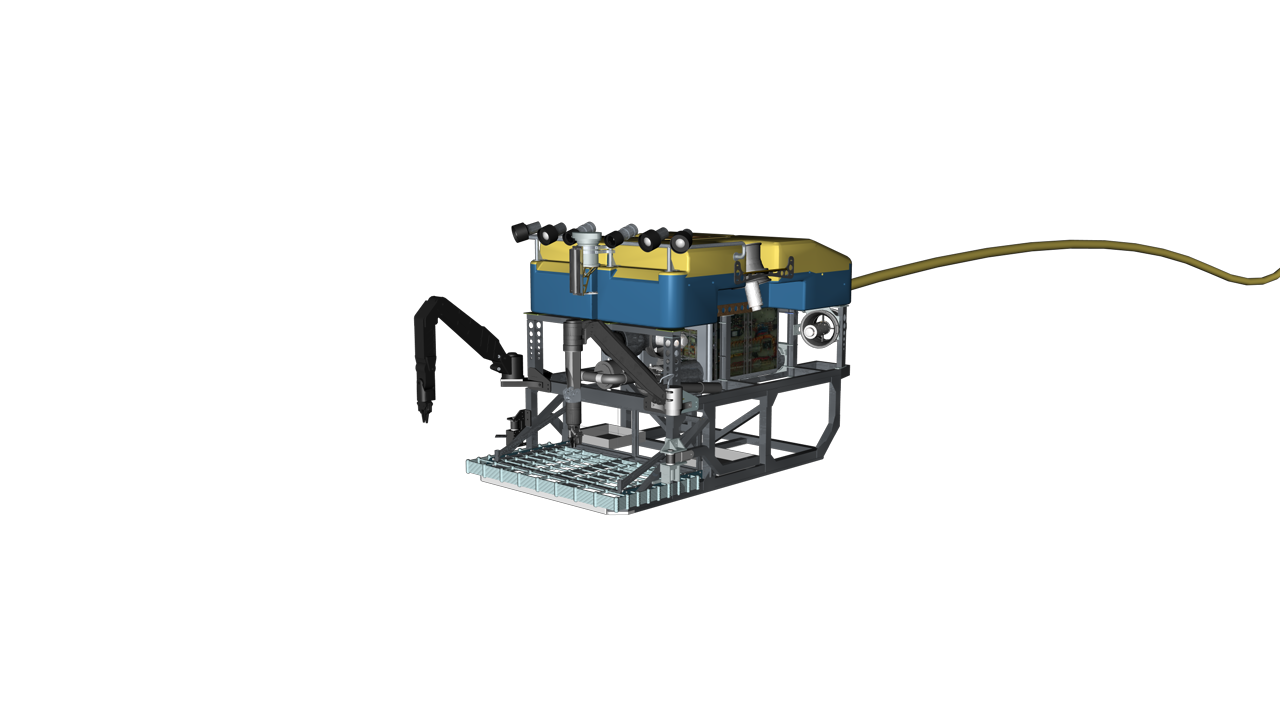
Oceanographers using the Jason discovered and recorded the first video and still images of a deep-sea volcano actively erupting molten lava on the seafloor. Jason utilized a prototype, high-definition still and video camera to capture the powerful event nearly 4,000 feet below the surface of the Pacific Ocean, in an area bounded by Fiji, Tonga and Samoa. (Joseph Resing, Univ. Washington/NSF, NOAA/ROV Jason ©2009 Woods Hole Oceanographic Institution)
In January 2014, the remotely operated vehicle Jason explored deep-sea vent sites on the East Pacific Rise at the 9º North vent field. This video is a compilation of clips and it shows some of the organisms and seafloor habitats the team explored. (Stefan Sievert, Woods Hole Oceanographic Institution/NSF, NOAA/ROV Jason ©2014 Woods Hole Oceanographic Institution)
ROV Jason/Medea is a remotely operated vehicle (ROV) system that allows scientists to have round-the-clock access to the seafloor without leaving the deck of a ship, often for days at a time. A 10-kilometer (6-mile) reinforced fiber-optic cable delivers electrical power and controls from the ship through Medea and down to Jason, which then returns data and live video imagery to the surface. Medea serves as a shock absorber, buffering Jason from movements of the ship, while providing lighting and a top-down view during seafloor operations. Jason carries scientific instruments, lights, cameras, manipulator arms, and a storage area for samples.